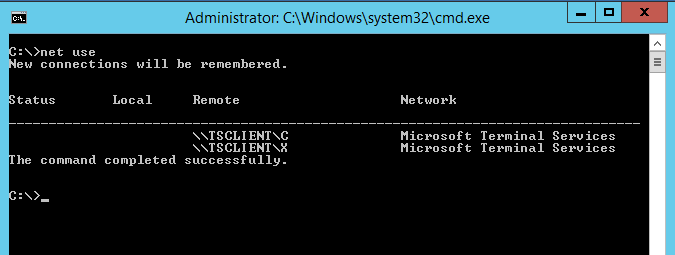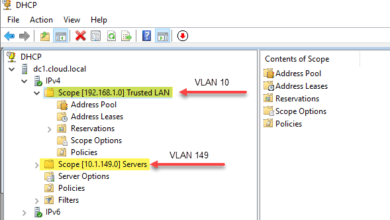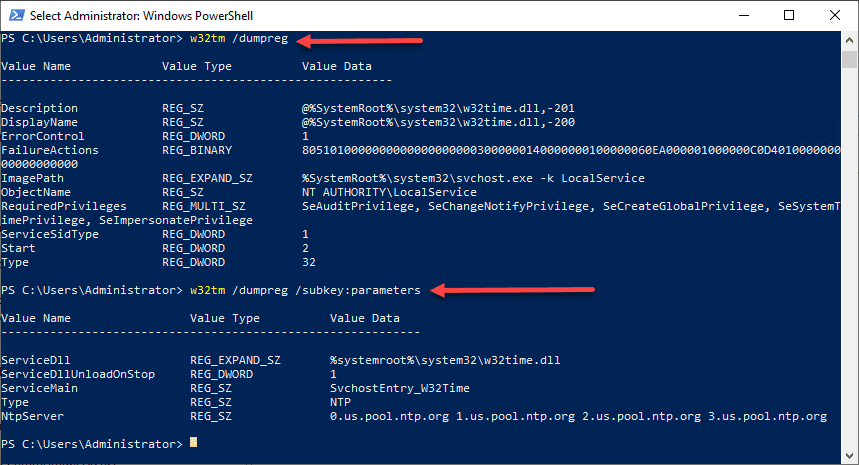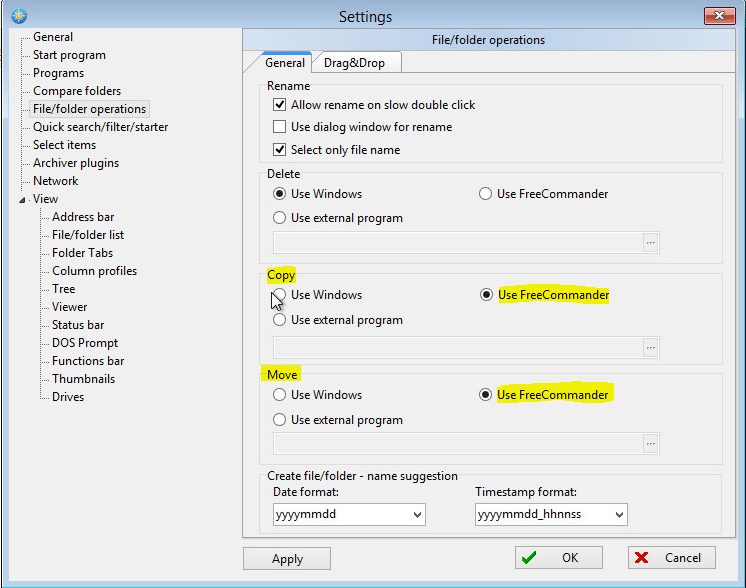Installing New Windows Package Manager Winget in Windows 10
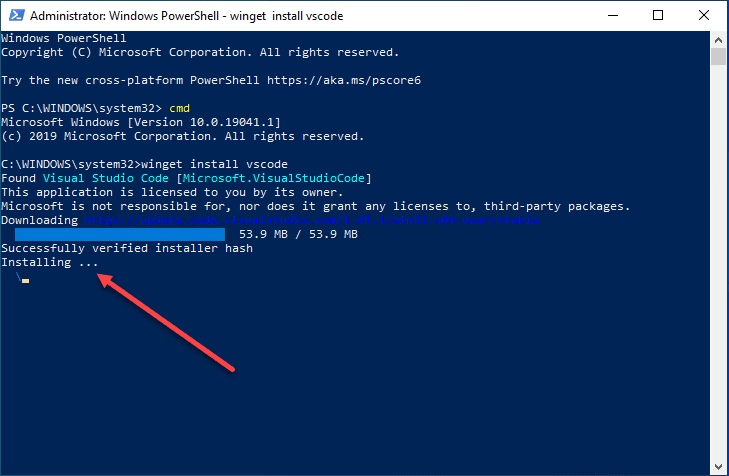
Since the beginning of time, Linux has had a native package manager included in the distros natively. System administrators have loved this about Linux. It is a great way to control and manage the software that is installed. It makes it easy to update and install software, see what software is installed, and script the installation of software and control it in more of a DevOps fashion. A pain point and headache for Windows system administrators for decades has been the difficulty to control and manage software installs. Most of you have most likely used Chocolatey for package management which has brought Windows much closer to the feel of Linux in terms of package management. However, this is not a native solution. At Build 2020, Microsoft dropped major news that they are introducing a native Windows package management solution called Windows Package Manager preview. Let’s take a look at installing new windows package manager winget in windows 10.
What is Windows Package Manager Preview – Winget?
The days of dreaming that Windows package management could natively be like Linux are finally over. At the Build 2020 conference, Microsoft announced major new they were releasing a native package manager they are calling Windows Package Manager preview which uses the tool called winget. This means that you will now how a native way to install software like Linux using a winget install command.
The new Windows Package Manager preview winget uses the concept of a manifest to install apps in Windows 10. This allows the capability to install any package with a manifest that has been published. Even your own valid custom packages.
Winget also allows searching for packages and displaying information about the packages using the winget show command.
Installing New Windows Package Manager Winget in Windows 10
Let’s take a look at what you need to do to install the new Windows Package Manager preview winget in Windows 10 and see how easy this is to get up and running with the new native Windows package manager.
First of all, if you are not a developer to compile and build your own version, you will need to be running a preview build of Windows 10 and install the App Installer Windows Store package. What is the App Installer?
It is a Microsoft App Installer for Windows 10 that makes sideloading Windows 10 apps easy. It allows just double-clicking apps to run the installation rather than running PowerShell scripts and other items to get an app installed.
App Installer Requirements
Minimum and Recommended:
OS: Windows 10 version 14393.0 or higher
Architecture: x86, ARM, x64
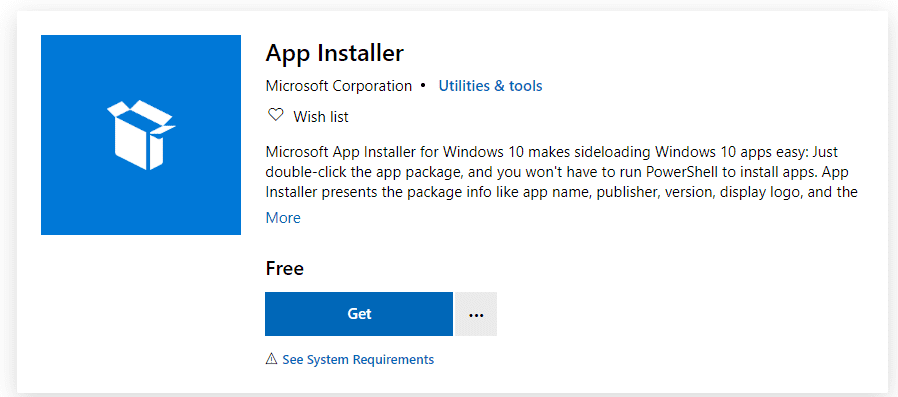
If you are like me, the App Installer may already be installed, however, you may see that an update is available. If you see the update, this means you have the availability to see the new Windows Package Manager preview with the winget command.
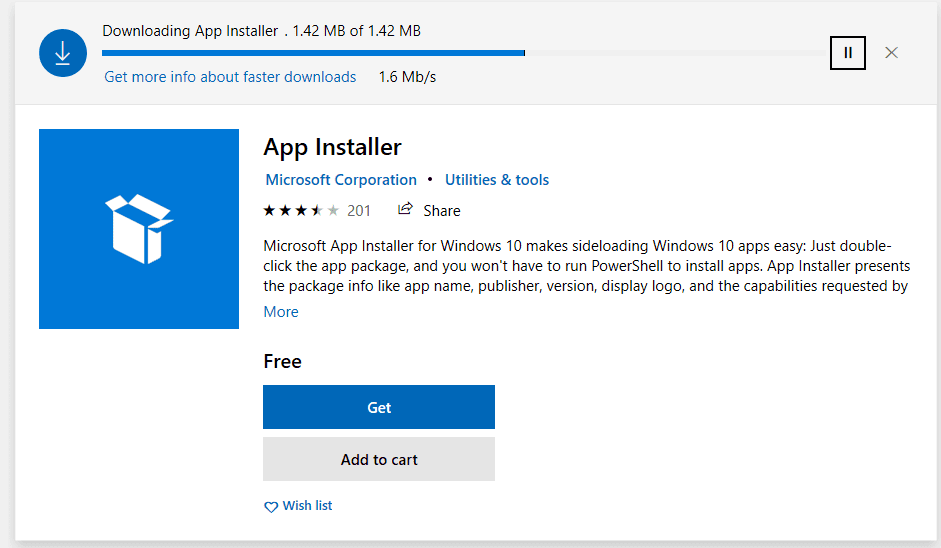
This for me only took a few seconds to update the package. Boom! I opened the command prompt, typed winget and see the new Windows Package Manager! Simple and easy.
As you can see below, you will see the available commands with the winget command. You have:
- install
- show
- source
- search
- hash
- validate
All of the available commands provide a great deal of functionality to the new Windows Package manager, even in the preview release.
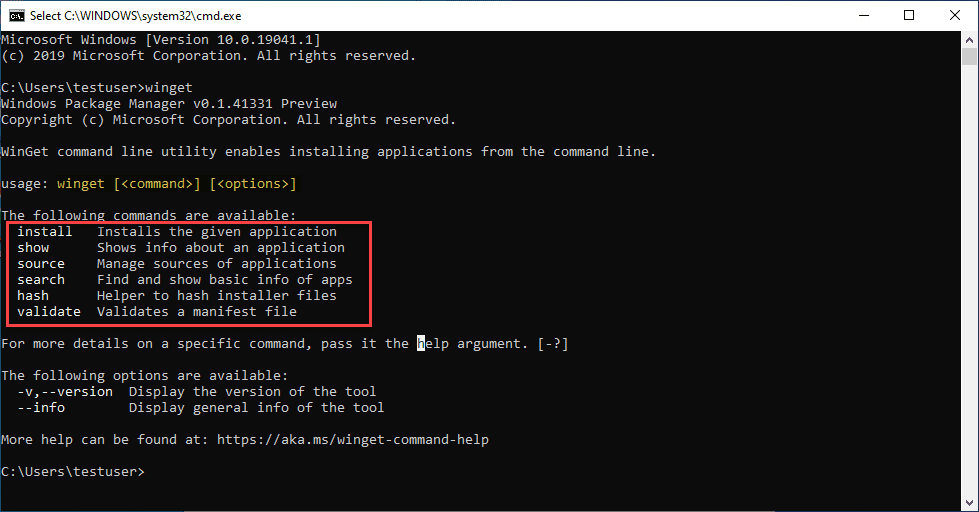
Ok, let’s put it to work. Let’s search for something we know is available like VSCode. You can type the following:
winget search vscode
This will return details on the VSCode package that is readily available for installation using the winget command.
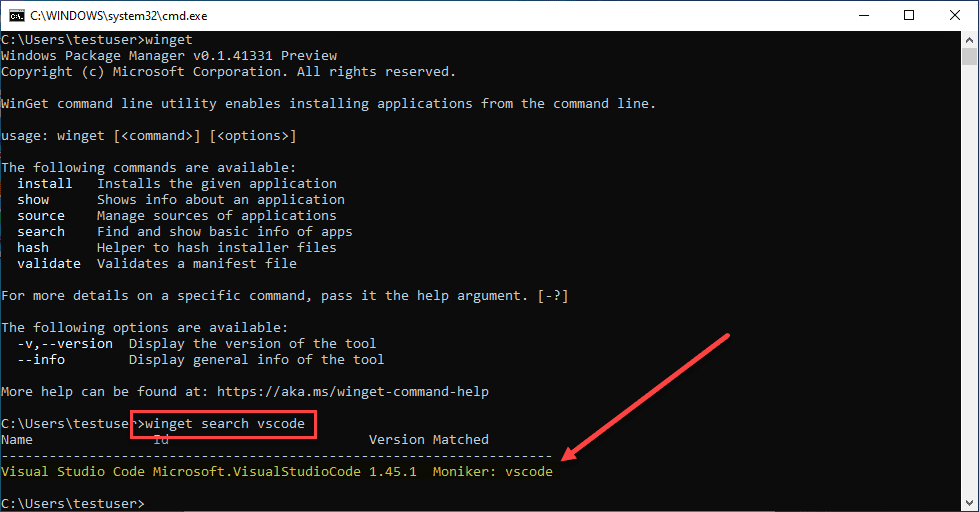
Now, let’s actually install something. The difference in my screen below and the one above. I had forgotten to launch the command prompt as an administrator so just quickly launched an admin version of Powershell to get to winget.
Below, I am using the command:
winget install vscode
This immediately starts to download the VSCode installation from the package repository and then starts the installation once the download is completed.

In just a few moments, the Visual Studio Code application automatically launches after I used the winget install vscode command to install the application.
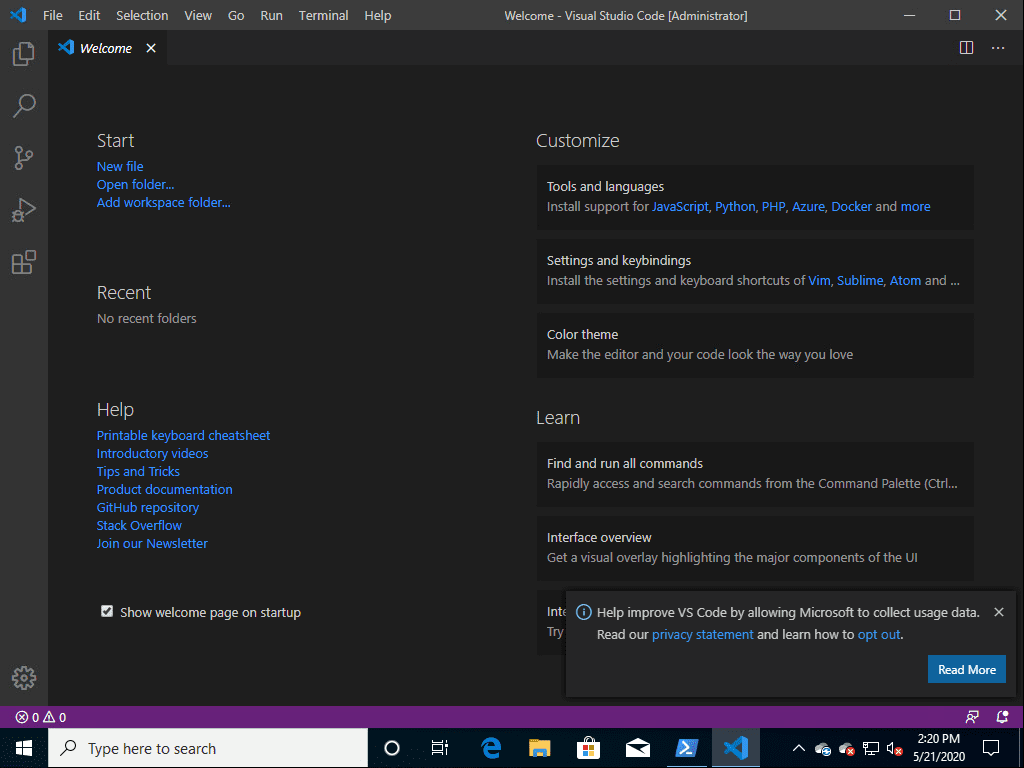
If you are like me, you will no doubt be laughing like a little kid when you think about all the great possibilities and use cases this opens up for so many differen things. Thinking about building clients and servers with command line installations and scripting this out instead of using other utilities to perform this work.
Let’s face it, GUI installers are for the stone ages. In today’s complex and complicated installation environments, having an easy way to now manage Windows installations in a native fashion and in a way that can be easily scripted and controlled is so powerful.
It amazes me that it took Microsoft this long to do something like this as this is what Windows administrators have been wanting for decades.
Wrapping Up
Installing New Windows Package Manager Winget in Windows 10 is super easy by either installing or updating the App Installer in Windows 10 Preview builds.
Once you have this installed, you can literally just type winget at a command prompt to get started. Using three simple words winget install vscode I was able to quickly and easily install VSCode without having to download it, run the installation and launch the application.
The new Windows Package Manager winget will no doubt open the doors of great possibilities for administrators and multiple use cases that will make life much easier!
Check out the official Github page from Microsoft here.





